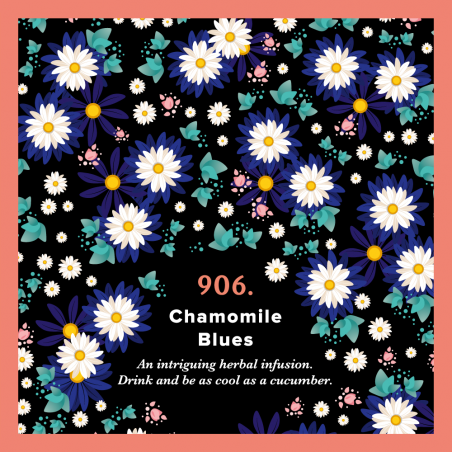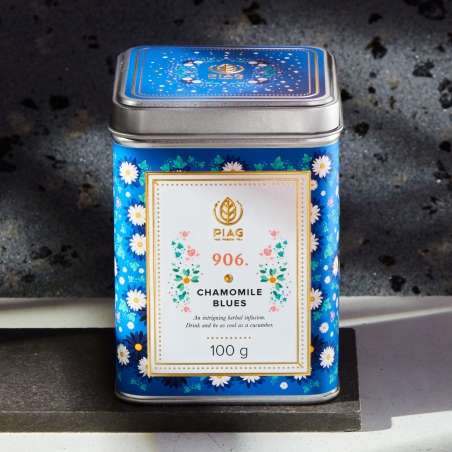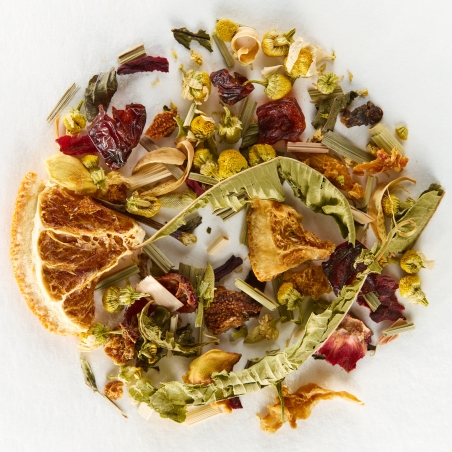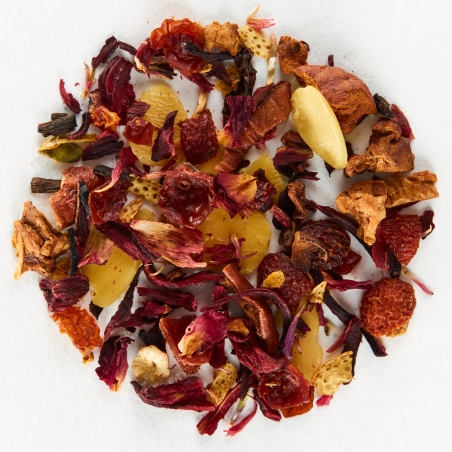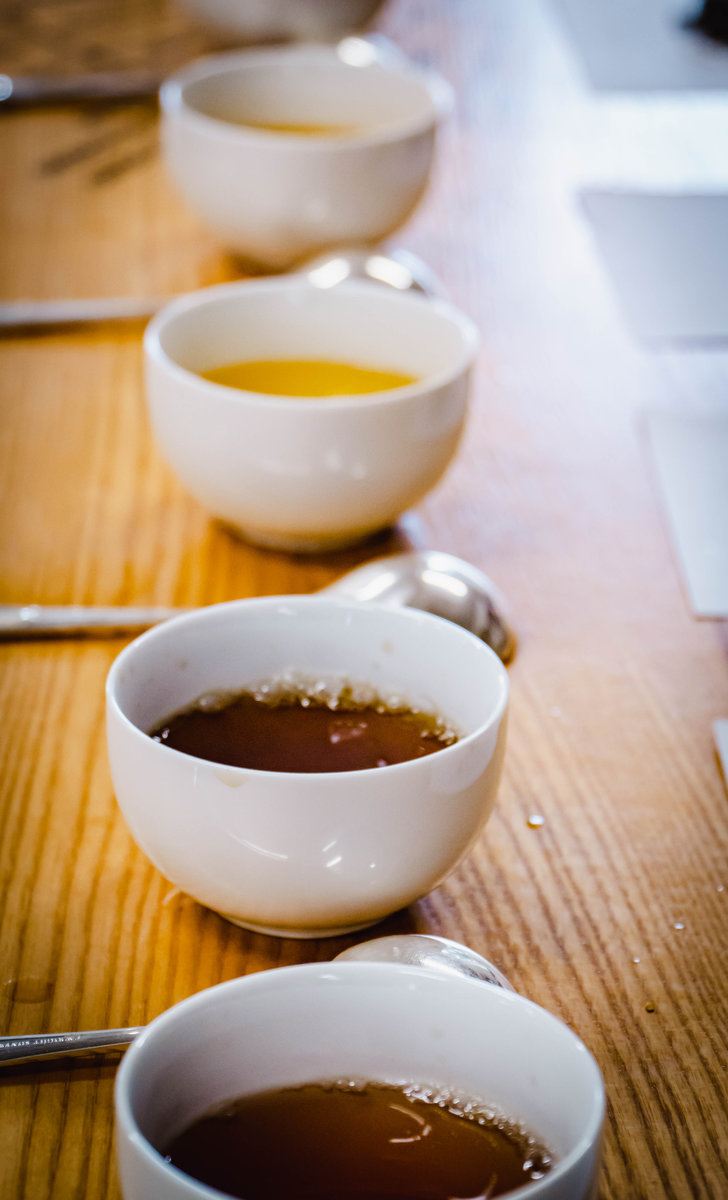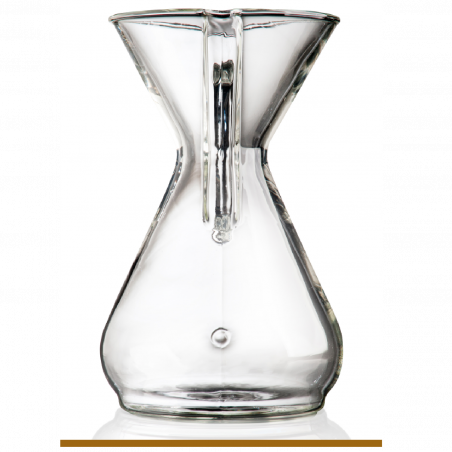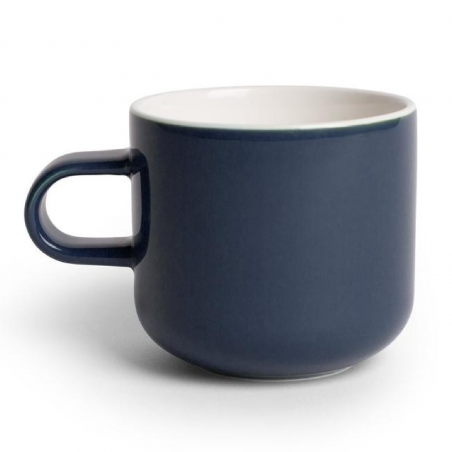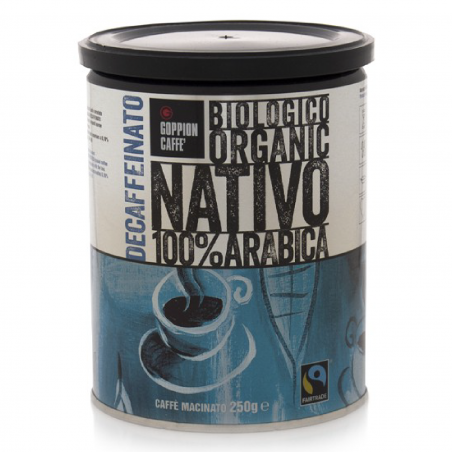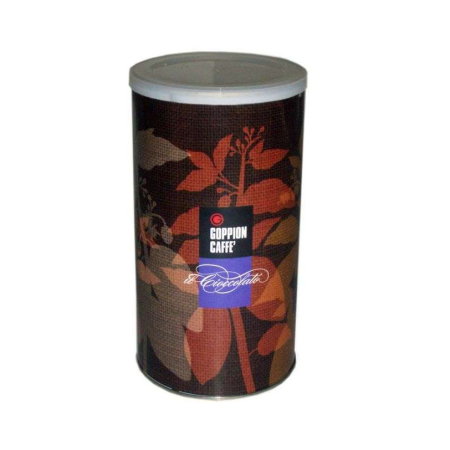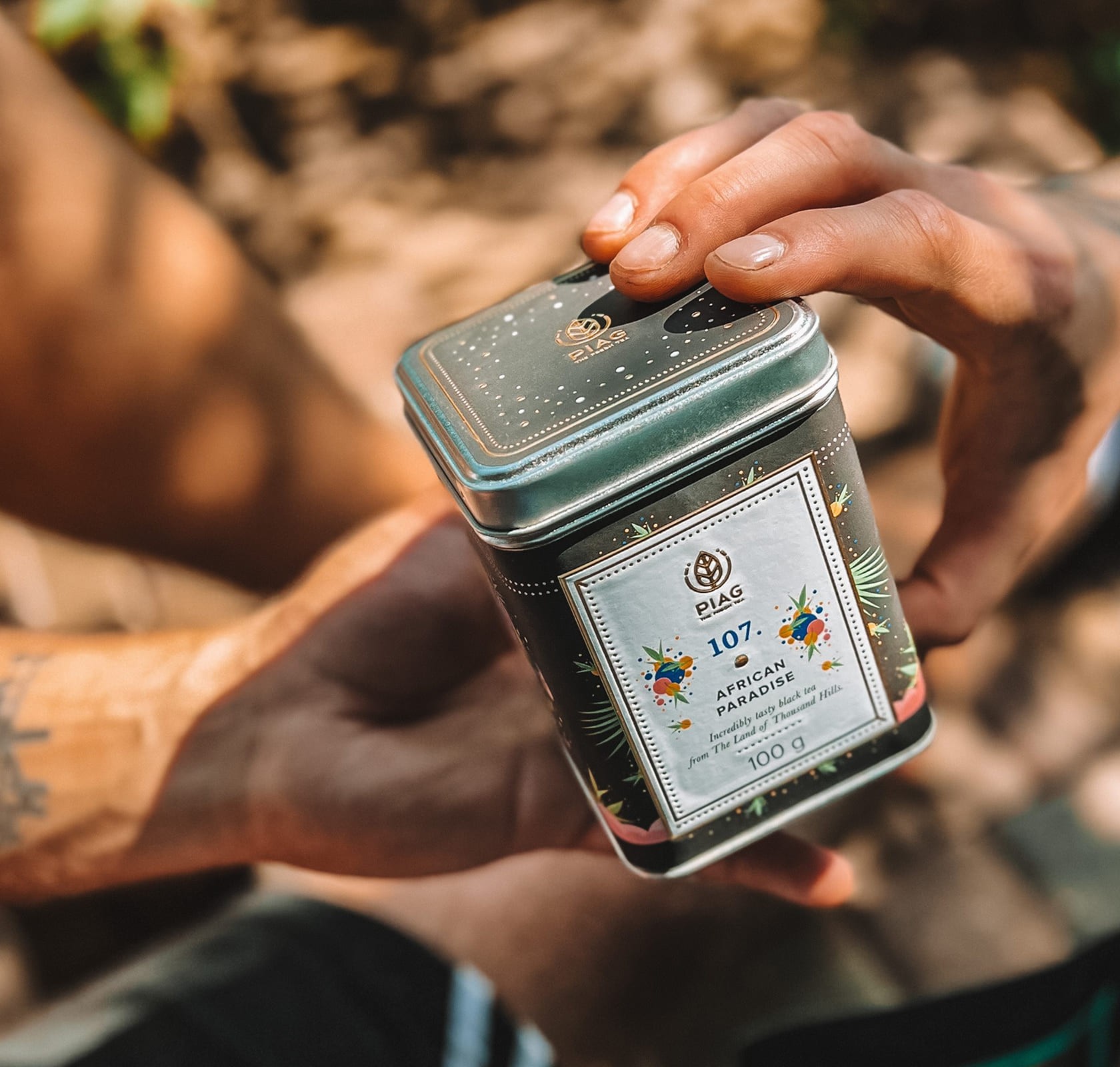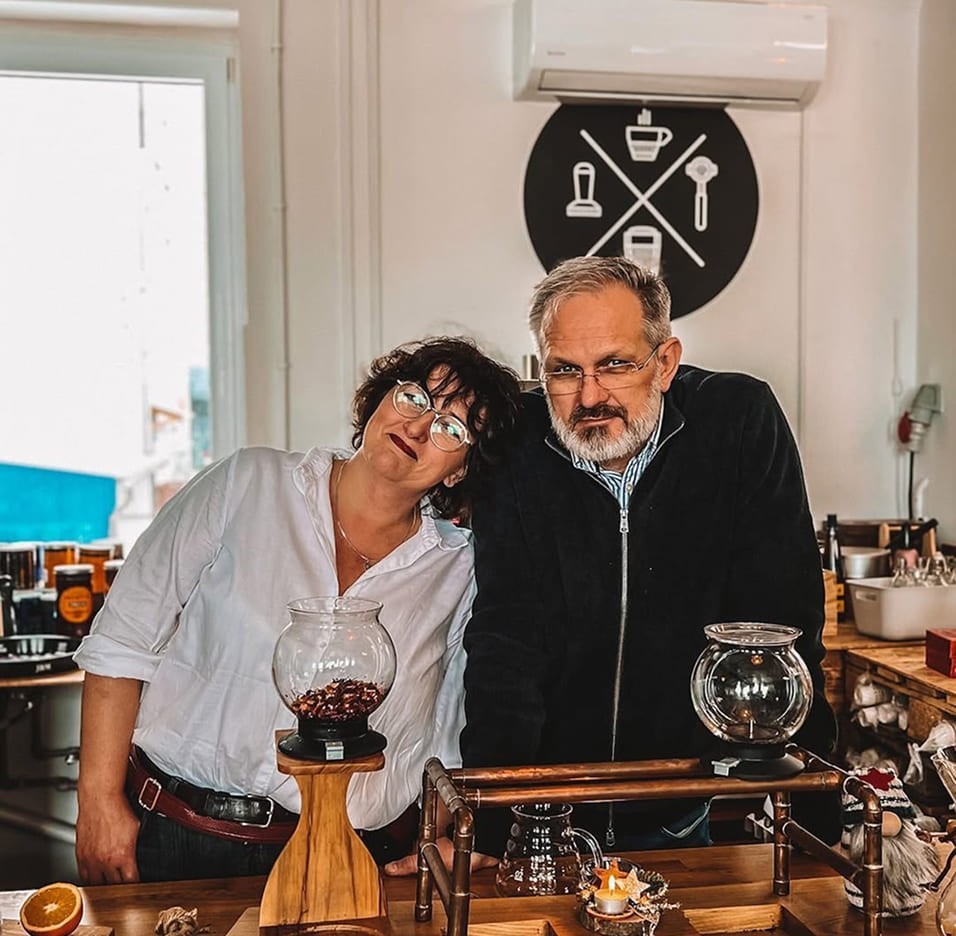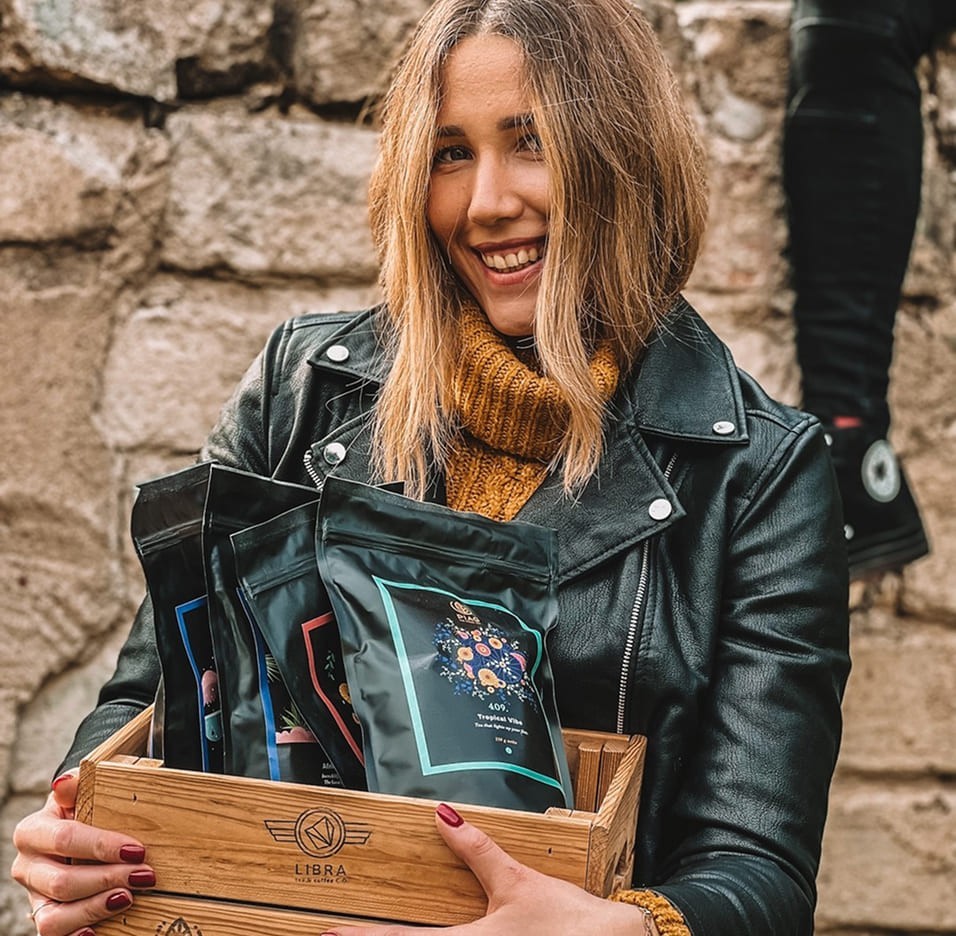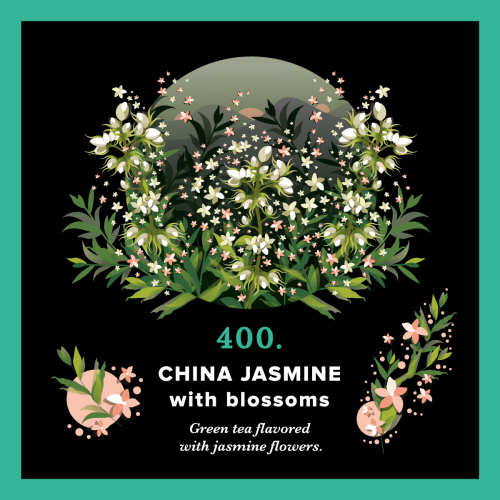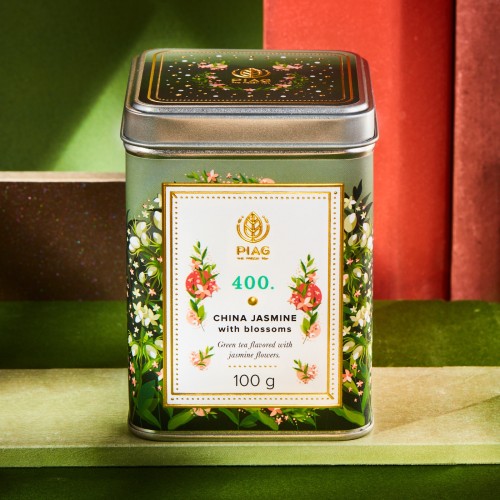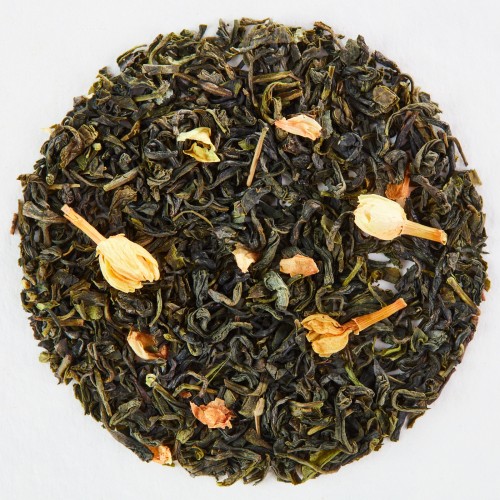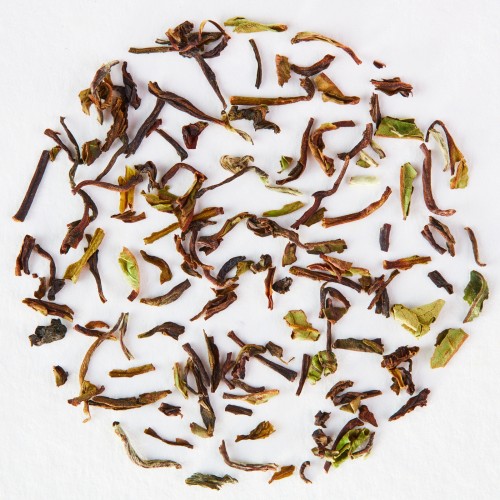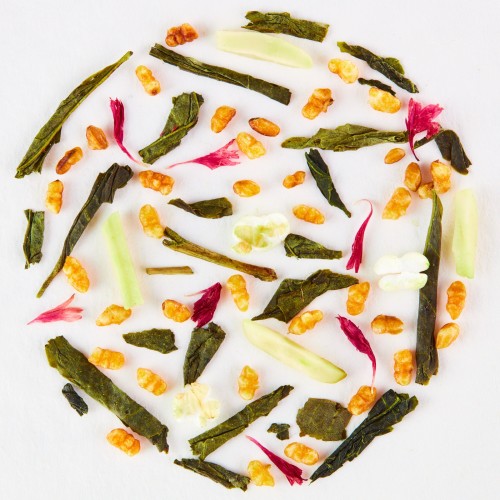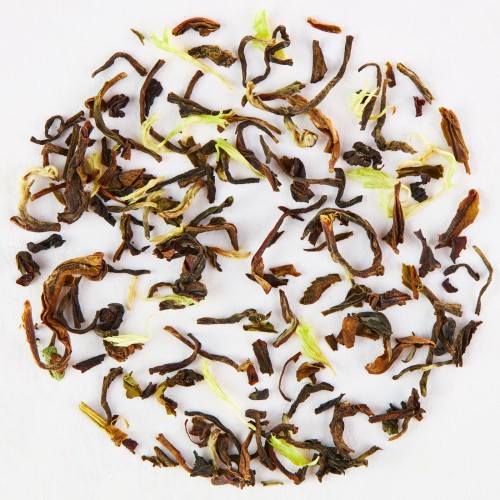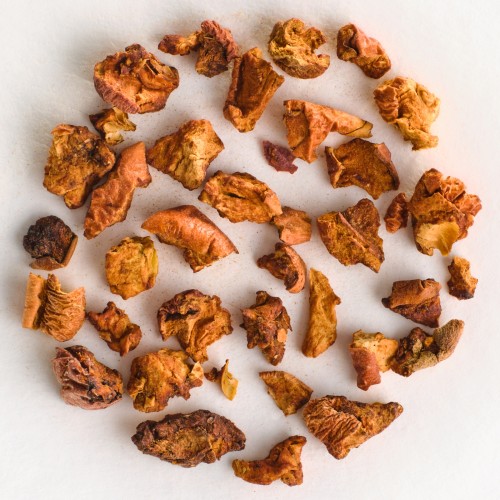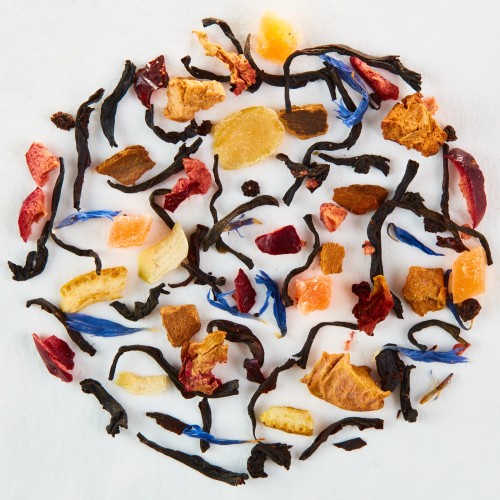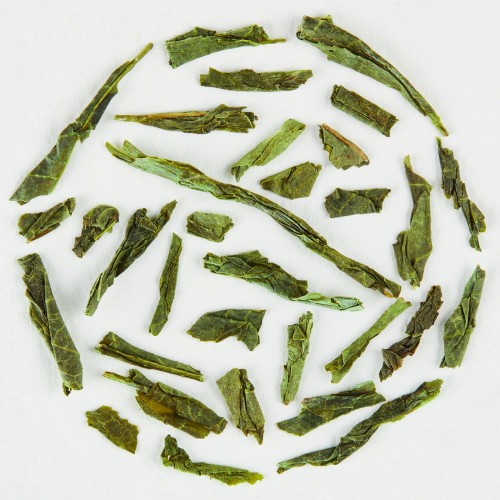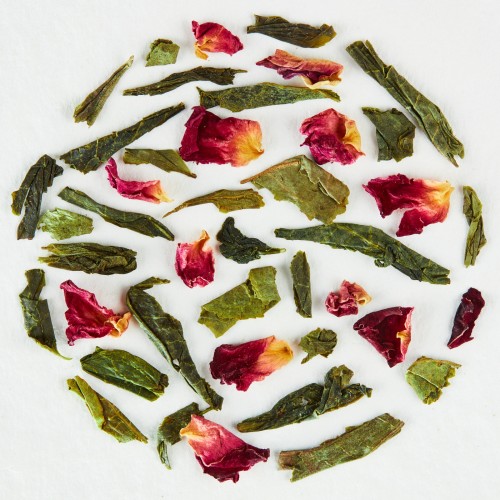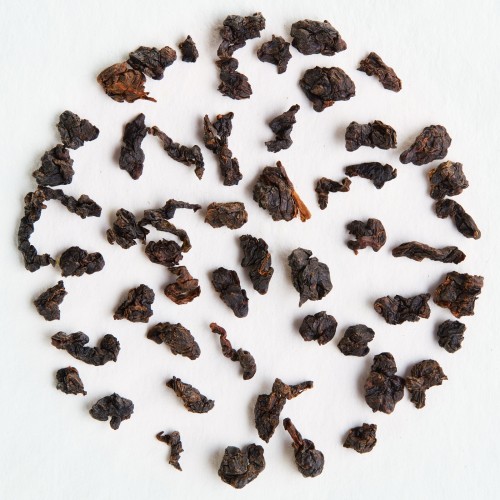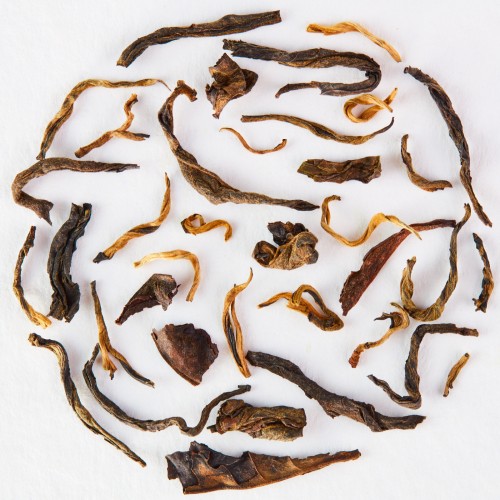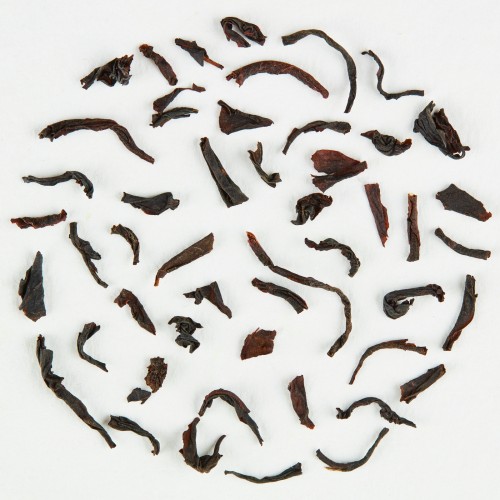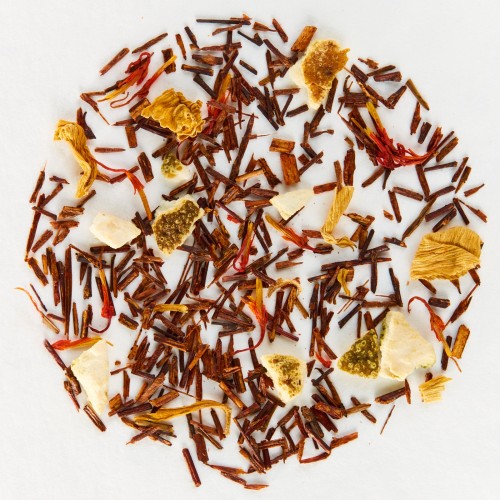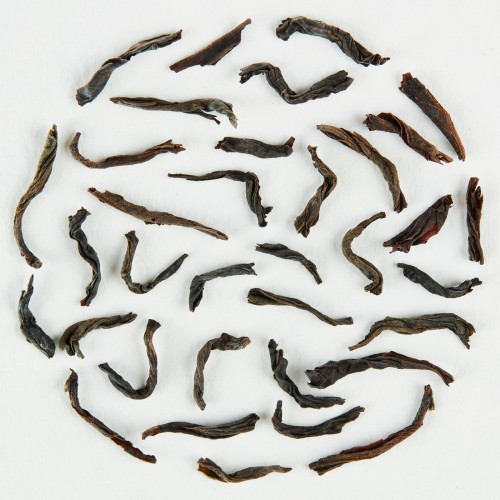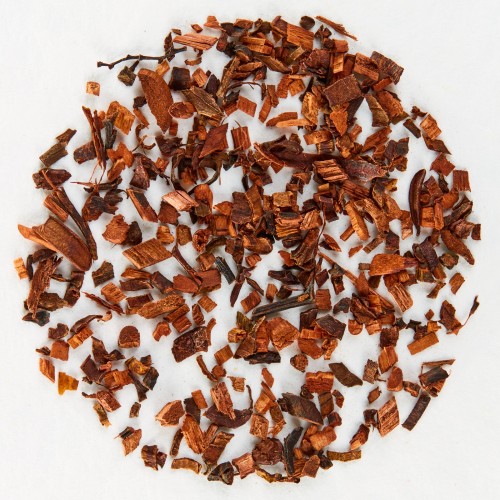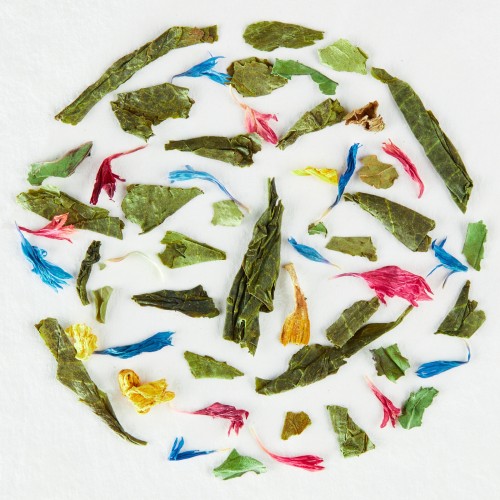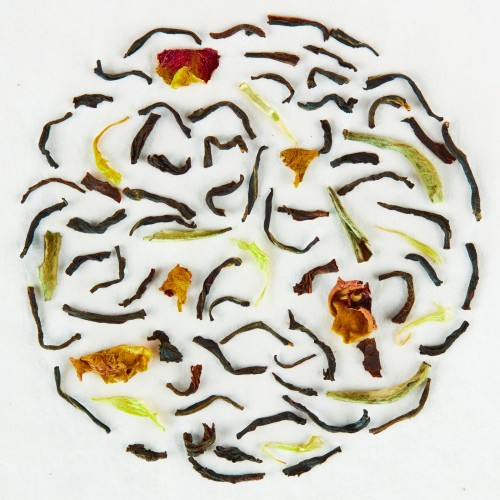-
Shop
-
-
-
-
Our top picksBag (Loose Leaf Tea) 250g net109.00 złCanister (Loose Leaf Tea) 100g net55.00 złSample 10g net9.00 złSample 10g net8.12 zł
-
-
-
-
-
-
-
-
Our top picksOut of stock39.84 złOut of stock210.57 złOut of stock32.51 złOut of stock38.21 zł
-
-
-
-
-
HistoryGoppion Caffe is a company founded in 1859 by Luigi Goppion, who, as a young boy, dreamed of opening his own roastery after smelling freshly roasted coffee beans for the first time. The story of Goppion Caffe began with a café established in the market square of a small town near Treviso, close to Venice. Inspired by their grandfather's passion, his grandchildren continued his work and even started opening cafés in other countries. Discover
-
-
-
-
-
Our top picksCanister (Loose Leaf Tea) 250g net47.15 złOut of stock Bag 1kg 1000g net182.11 zł1000g net98.37 zł
-
-
-
-
-
Gift vouchersIt’s wonderful to receive a gift, but even more delightful to give one. But what to choose? Here lies the question! A gift voucher is the perfect solution. Give a gift
-
-
-
-
-
Our top picksCanister (Loose Leaf Tea) 250g net47.15 złOut of stock Bag 1kg 1000g net182.11 zł1000g net98.37 złBag (Loose Leaf Tea) 250g net109.00 zł
-
-
-
-
Discover Piag Tea
-
-
-
PIAG The Fresh Tea – BeauTEAful Polish BrandThis is the fulfillment of our dream: an exceptional Polish tea brand that satisfies the thirst for pleasure.
"In life, you can change what you do, but you can never change what you desire."
We are a pair of tea enthusiasts, living together for over twenty years in a dynamic harmony – Agnieszka Filipkowska and Piotr Korzeniowski. Meet us
-
-
-
-
-
-
-
CollaborationWe offer Piag teas to everyone who expects the highest quality. We collaborate with hotels, restaurants, cafés, delicatessens, and retail stores, as well as with bartenders, sommeliers, and chefs seeking inspiration. This is how unexpected recipes for exquisite dishes and beverages featuring Piag teas come to life.
Be sure to get in touch! We would love to learn about your business and share the story of our teas. Together, we will discover the best way to collaborate.
Piag Tea satisfies the thirst for pleasure. See details
-
-
-
-
-
-
-
Loyalty programIt may sound incredible, but it works… Simply log in, and the rest flows smoothly – that is our intention. Shopping in our store and recommending us to friends is rewarded with discounts, special offers, and free gifts. Don’t hesitate to take advantage! See details
-
-
-
-
-
-
-
Career"No one knows the paths of the stars,
Yet someone among us is chosen…"
And perhaps, that says it all. Join us
-
-
-
-
-
- Blog
- Contact
400. China Jasmine with Blossoms Piag Tea
This tea is produced from high-quality, early spring tea buds and the highest-quality, most delicate jasmine flower buds to create a fresh flavor and lingering aroma over several infusions.
Light floral aromatics complement the refreshing sweetness of early spring green tea.
0.81 zł/g
green tea, jasmine blossoms 1%.
More about the product
Green Tea Scented with Jasmine Blossoms
The fragrance of jasmine fills the air, while delicate petals swirl in a dance with tender green tea leaves. In this subtle composition lies the essence of a spring morning—an invitation to step away from daily rush and simply breathe. Hand-picked in early spring, these green tea leaves are infused with the aroma of the finest jasmine blossoms. Gentle floral notes meet the refreshing sweetness of spring green tea, creating an enchanting bouquet that lingers even after several infusions.
Captivating—one might even say irresistible!
China Jasmine With Blossoms Piag Tea: A floral tale from a Chinese garden
Ingredients: Chinese green tea leaves, 1% jasmine blossoms
Taste: Discover the sweetness of jasmine gracefully weaving into the gentle bitterness of green tea. Subtle fruity accents add lightness and freshness, while the golden infusion warms the body and soothes the soul.
Wellness: Like all green teas, it is rich in antioxidants, helping the body fight free radicals, supporting the immune and circulatory systems, and assisting in weight balance. Jasmine, meanwhile, offers calming properties, eases inflammation, and soothes the stomach.
Packaging: China Jasmine With Blossoms from Piag Tea is presented in an elegant tin that will brighten any kitchen. The design is created by illustrator and designer Katarzyna Korzeniowska. Each tin is labeled and packed by hand. Everything we do—we do with love.
China Jasmine With Blossoms – The Goddess’ Tea
The word jasmine, derived from Persian, means a gift from God.
We deeply respect Persian culture, but at Piag, we can’t help ourselves—we love to twist things, stir things up, and add a touch of mischief. 😉 Here at Piag, we honor matriarchy, so we like to think of jasmine not as a “gift from God,” but as a “gift from the Goddess.”
In China, the goddess of tea was Guanyin. In Slavic mythology, we have our own: Mokosh and Dziewanna—both symbols of nature’s power and creativity.So when you sip China Jasmine With Blossoms, think of one of them. With each sip, give thanks to Mother Nature for her gifts—gifts that human creativity and dedication transform into wonders like this tea.
China Jasmine With Blossoms – The Goddess’ Tea.
If You Like to Know More – Connoisseur’s Curiosities
The Making of Jasmine Green Tea
There are several methods of producing jasmine green tea, but the most traditional and highly regarded method includes the following steps:
Tea cultivation:
The green tea used for jasmine tea is typically grown in the high mountain regions of China, where the cool climate and high humidity create ideal conditions. The leaves are hand-picked several times a year, most valued being the early spring harvest, when the leaves are young and tender.
Harvesting jasmine flowers:
The blossoms are hand-picked at night, when they are in full bloom and release their most intense fragrance. Depending on the jasmine variety, the harvest takes place several times a year.
The scenting process:
· Layering method: Tea leaves and jasmine blossoms are layered alternately in special containers. The flowers release their fragrance, which permeates the tea. This process is repeated several times until the desired level of aroma is achieved.
· Drying method: The jasmine blossoms are dried and later blended with tea leaves.
· Extraction method: Essential oil is extracted from jasmine flowers and added to the tea.
Drying the tea:
Once scented, the tea leaves are dried in special ovens. Drying halts fermentation and helps preserve the freshness and fragrance of the tea.
Packaging and storage:
Finally, the tea is sealed in airtight containers to protect it from air and moisture. Jasmine tea should always be stored in a cool, dark place.
Traditional jasmine green tea production is time-consuming and labor-intensive—but it results in a tea of extraordinary taste and aroma.
If You Like Tea Stories
The Legend of the Moon Blossom Tea
In the times of ancient Chinese emperors, in the misty land of Longjing, lived a young woman named Mei. She was renowned for her beauty—delicate as a cherry blossom—and her kindness, pure as a mountain stream.
One moonlit night, while strolling through the imperial gardens, Mei discovered a radiant bush glittering with stars—it was a jasmine plant, blooming only under the light of the moon. The fragrance was so intoxicating that Mei longed to share it with the emperor. But how could she capture something so fleeting? In despair, she fell asleep beneath the jasmine bush. In her dream, the Moon Goddess appeared and whispered:
“Gather the petals at dawn, when they are still wet with moonlit dew. Combine them with tender tea leaves, and you will create a drink so divine it will enchant even the emperor.”
Upon waking, Mei did exactly as the goddess instructed. She brewed the tea for the emperor, and with the very first sip, his face lit up with delight. The sweet aroma of jasmine intertwined with the gentle bitterness of green tea, creating perfect harmony. The emperor named it “Moon Blossom Tea” and appointed Mei the chief tea mistress of his court. From that moment, the “Moon Blossom Tea”—known today as China Jasmine With Blossoms—became a symbol of imperial elegance and sensuality. Legend says that each sip carries the drinker back to that magical night under the moonlit jasmine, where peace and harmony can be found.
Will you dare to taste it?
15-18 g/l
80-90 C
2 minutes
Add first review
Your review appreciation cannot be sent
Report comment
Report sent
Your report cannot be sent
Write your review
Review sent
Your review cannot be sent
Our products
You might also like
906. Chamomile Blues Piag Tea
An enchanting blend of golden sun-kissed chamomile and magical botanicals.
203. Muscat Darjeeling Piag Tea
Darjeeling black tea kissed with the sweet charm of muscat grapes.
403. Japanese Sakura Piag Tea
Green tea infused with the delicate aroma of cherries and almonds.
217. Jasmine Earl Grey Piag Tea
A captivating black tea with the floral aroma of jasmine and a citrusy twist.
215. Cranberry Dream Piag Tea
Black tea with cheerful cranberry notes that sing with every sip.
402. Cherry Blossom Piag Tea
Japanese green tea with an elegant note of cherry.
104. Golden Monkey Piag Tea
A Yunnan black tea with a rare story, remarkable appearance, and captivating aroma.
107. African Paradise Piag Tea
An incredibly flavorful black tea from the Land of a Thousand Hills – as Rwanda is often called.
213. Silver Earl Grey Piag Tea
A sparkling, joy-filled twist on classic Earl Grey — unforgettable from the first sip.
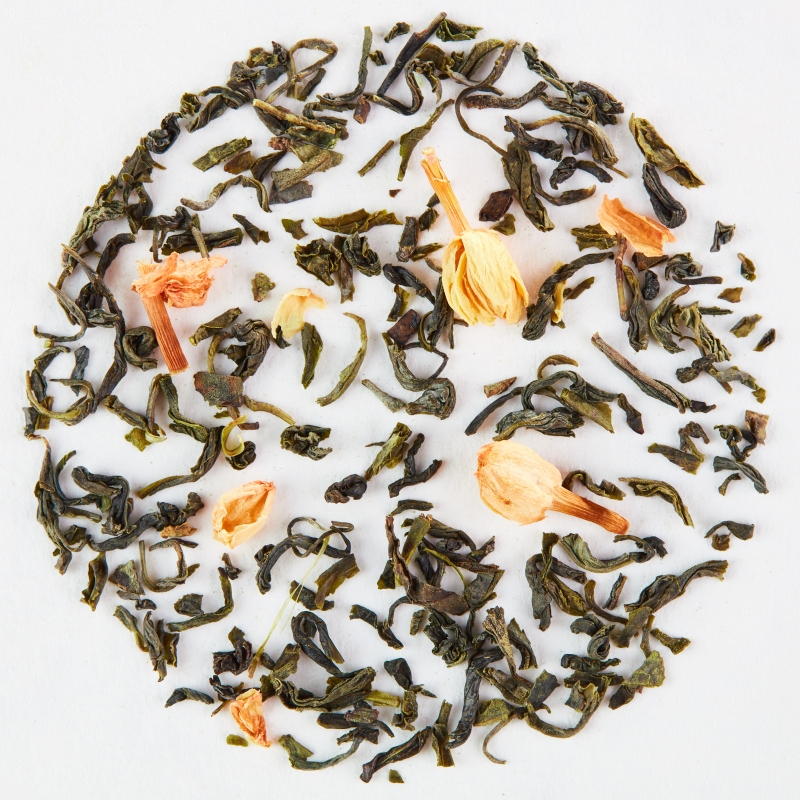
This tea is produced from high-quality, early spring tea buds and the highest-quality, most delicate jasmine flower buds to create a fresh flavor and lingering aroma over several infusions.
Light floral aromatics complement the refreshing sweetness of early spring green tea.
check_circle
check_circle
